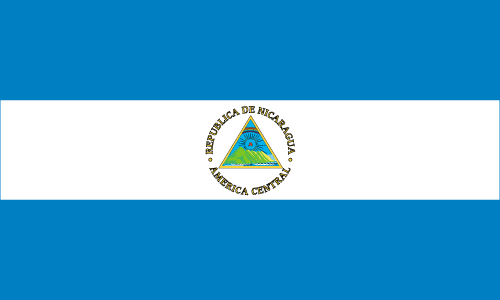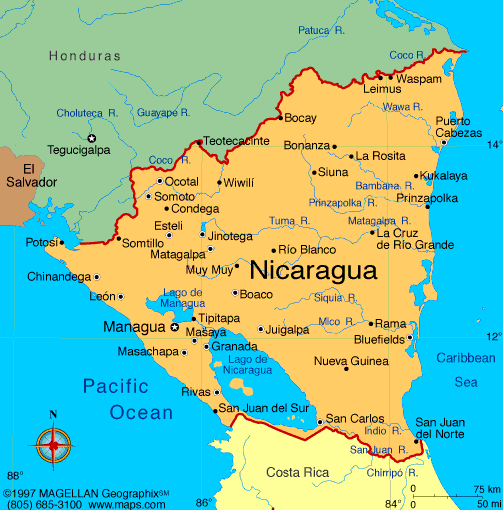- At the beginning of the twentieth
century, the U.S. was beginning to politically establish itself in
Central America and Nicaragua happened to be the lever for the
direction of politics on the isthmus. Once the U.S. favored building
a canal in Panama instead of Nicaragua, Nicaraguan president José
Santos Zelaya, understanding that he and the elite he represented
would no longer benefit from U.S. investments, turned to more
nationalist politics in terms of uniting the Central American
countries for promoting their own economic interests, e.g. without
foreign influence.(25)
- Over the course of this period, the
U.S. began to look down on Zelaya as he was gaining in popularity
across Central America and intruding on American businesses like
imposing export taxes on the American banana companies.(26)
- In 1909, the U.S. mobilized
right-wing forces to remove Zelaya from power and sent in the
Marines in order to cement this objective. Zelaya eventually
resigned only so that Conservative party leader and former treasure
for an American company, Adolfo Díaz, could become president.
- From 1909 to the mid-1910s,
Nicaragua was marred by political instability because of a very weak
government. This instability ranged from military coups to
infighting between liberal and conservative forces within the
country. The U.S., who wanted to maintain hegemony over trade in
Central America, decided to send more troops for a complete
occupation of Nicaragua. This lasted into the 1930s.(27)
|



